*Disclosure: I get commissions for purchases made through links in this post.
This was the name of the piece I assigned to Bobby last week. Bobby is a well-mannered redhead, autistic, and in the 8th grade.
Now in our third month of lessons, this piece from The Music Tree, Part I is four measures long with three 4-beat patterns total. Bobby immediately brought his hands up to the keyboard and played through the piece, aggressively. Looking at me briefly for approval, I pointed to the page and said, "What about this half note?" "Oh yeah," he said quickly, replacing his hands on the keys.
Again, he played through the piece, correcting his position when he realized he was off by a step. He began again. I could tell by his body language that he was just not in the mood to play music off the page. In a moment of hesitation, Bobby suddenly diverged into another register and musical atmosphere completely, though I recognized a few patterns from "Daydreams."
"Why don't you play this version of 'Daydreams' and then play me your version based on some of these patterns," I suggested. Forcefully, he again played the four bars, struggling to keep the rhythm going. "Okay," I said. "Now play your version of 'Daydreams.'" With no hesitation, Bobby brought both hands up to the keyboard in a fell swoop and began playing his improvisation. Both feet immediately moved to the una corda and sostenuto pedals and he experimented with the change in sound with unabashed confidence.
I listened intently to the layers of sound — covering the extremities of the keyboard — very carefully placed and intentional. In some cases, it was musical babble; in others, it was very much an embellishment of the original piece. Amidst the glissandi (yes, glissandi) up and down the keyboard, the cluster chords, the quick flourishes, and even a theme from the improvisation he played for me last week (I was amazed that he incorporated this), Bobby returned to the original "Daydreams" again and again. "He gets it," I thought to myself.
Sometimes, the patterns were played softly in the upper register (above the wash of sound he created with the pedal) and sometimes he augmented them slightly in the middle register. I also noticed a few black-key motives from his improvisation last week making a reappearance in this new context. It was fascinating to see and hear his creativity.
After a couple of minutes, I thought to myself, "How long should I let this improvisation activity last? There are other pieces I'd like to get to in this lesson. How do I know when he's at the end?" At a seemingly logical stopping place, I interjected, "That's great Bobby! I love your interpretation of 'Daydreams,'" but he simply glanced up at me and continued on with his improvisation. I quickly realized that this was a valuable teaching moment and a perfectly appropriate way to spend our lesson time. I listened to Bobby's use of tonal patterns, rhythms, and repetition. I watched him play. He was into it. He was making music. He was incorporating things we had learned but he was making it his own. When he arrived at the end of his improvisation, I knew it was complete.
We finished the lesson with a few activities from the lesson book but I was struck by what I had just witnessed. I wondered if others would hear the things that I heard — the creativity, the sensitivity, the synthesis. I learned something new today about music as a language.















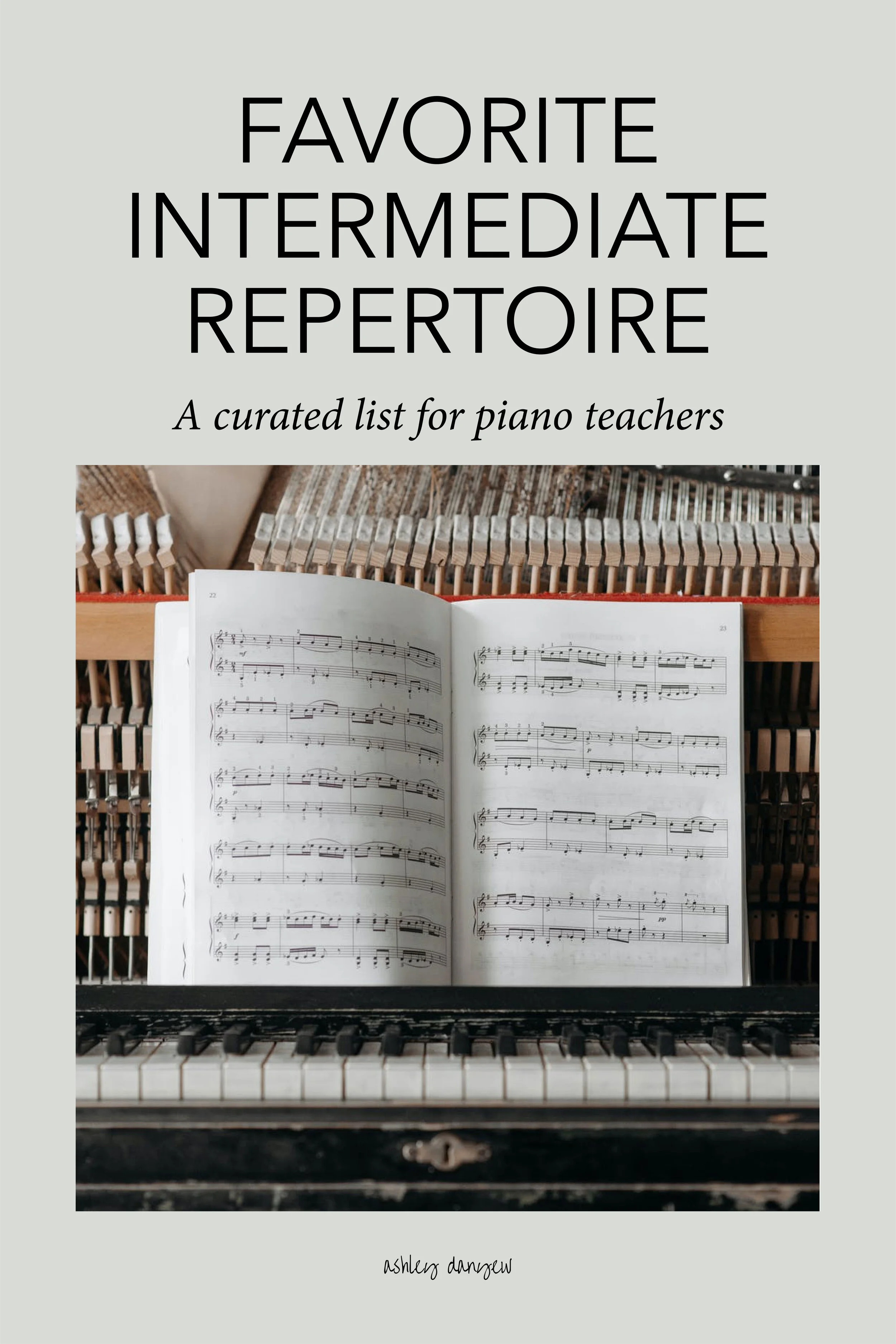
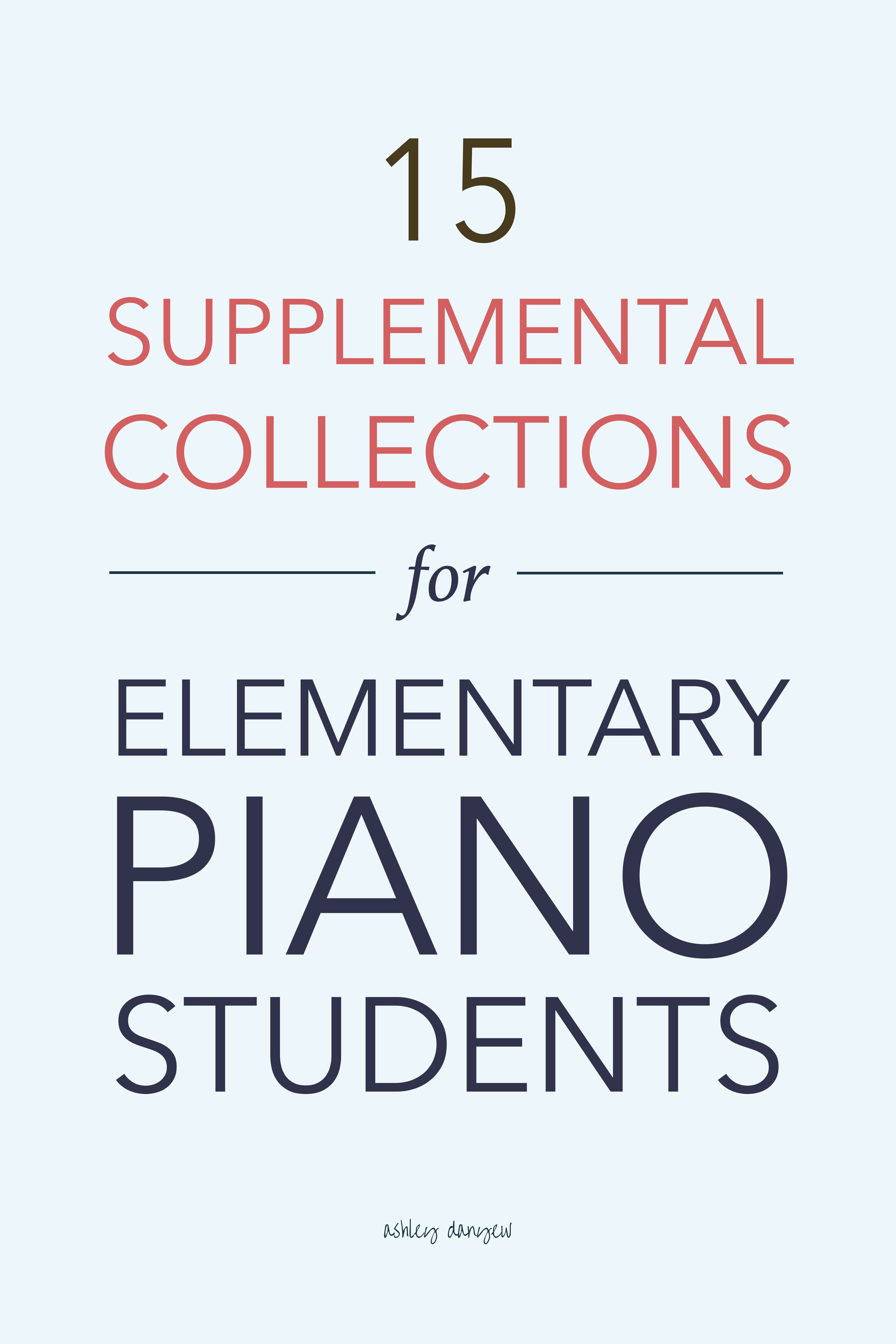

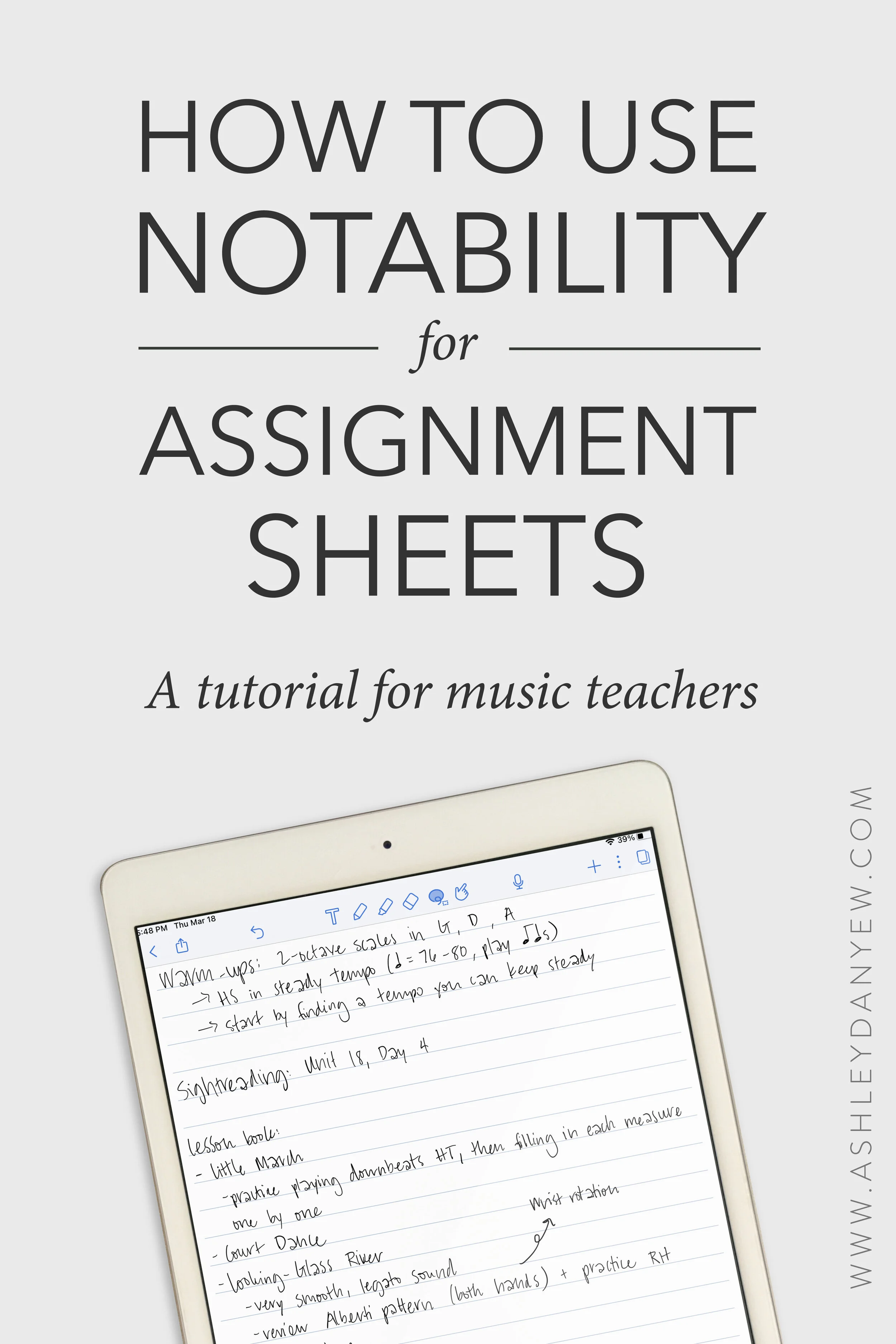
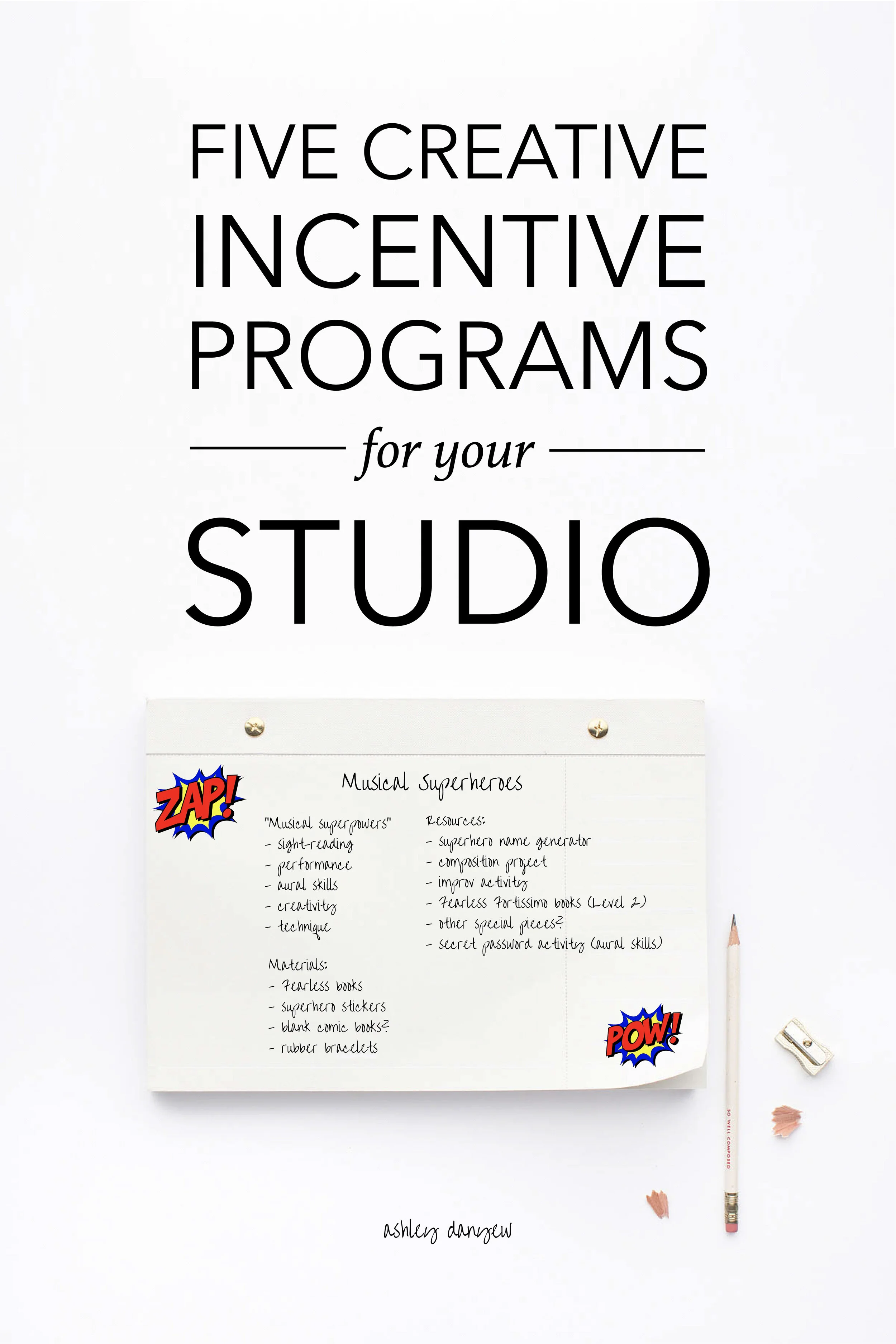


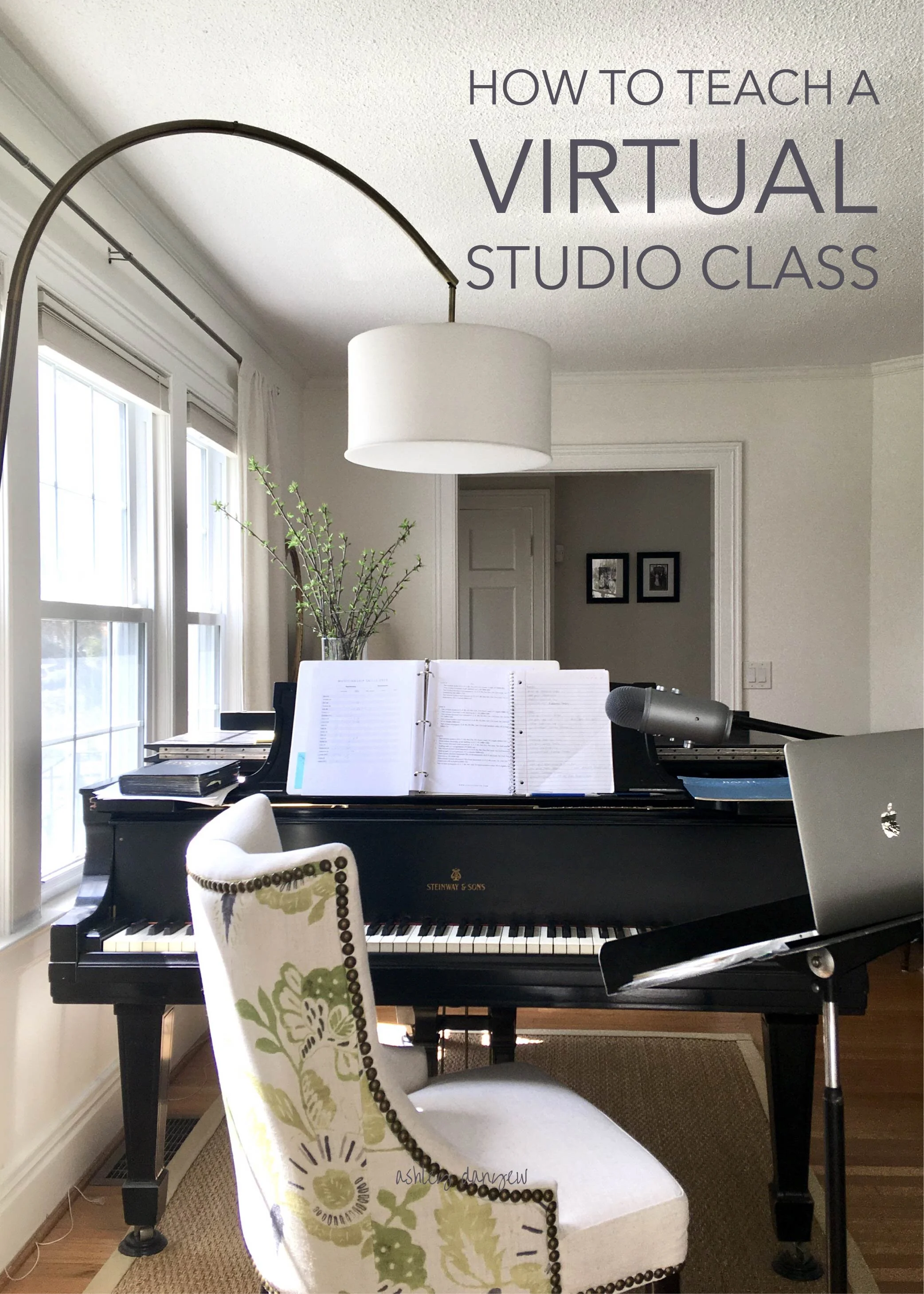
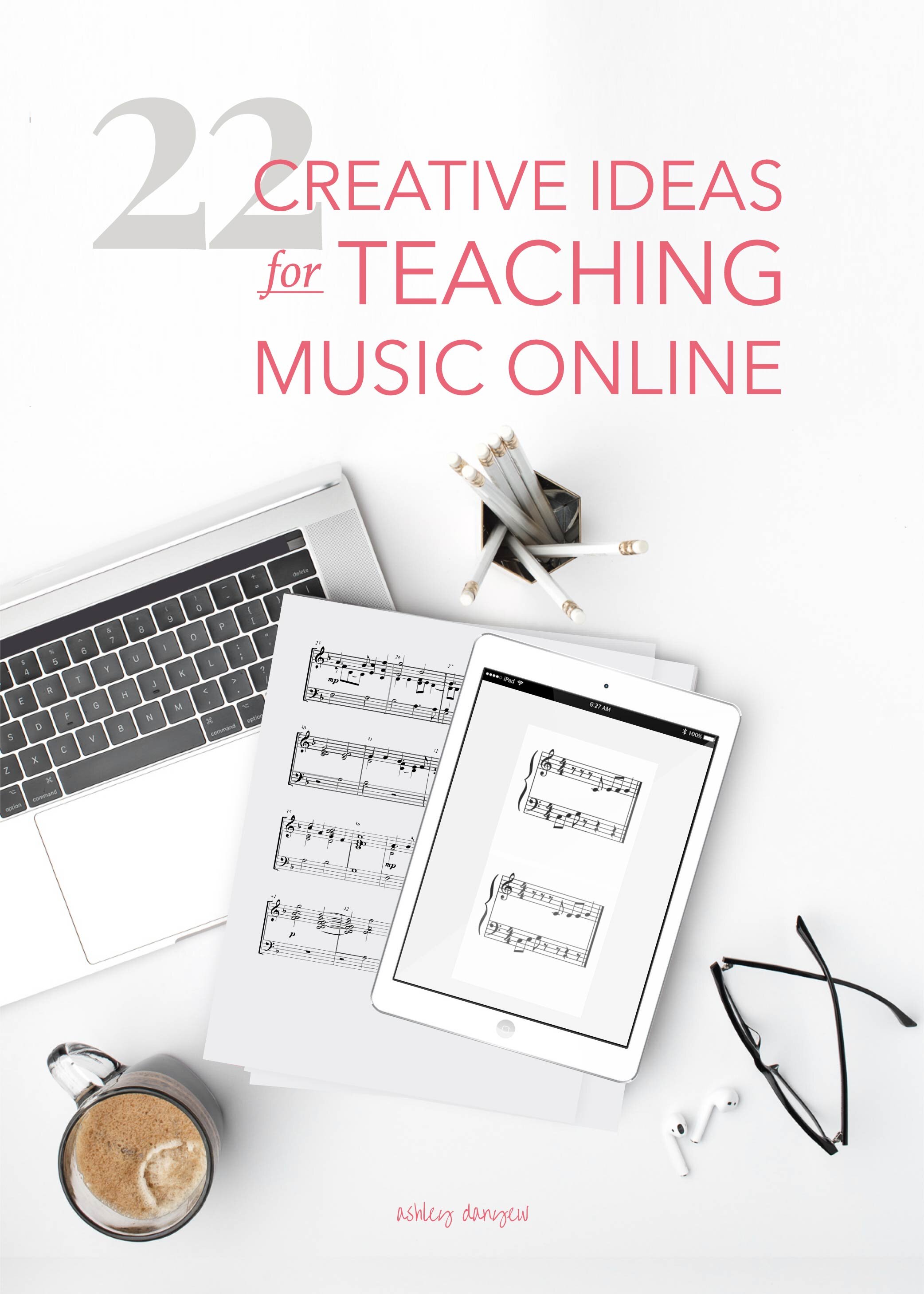
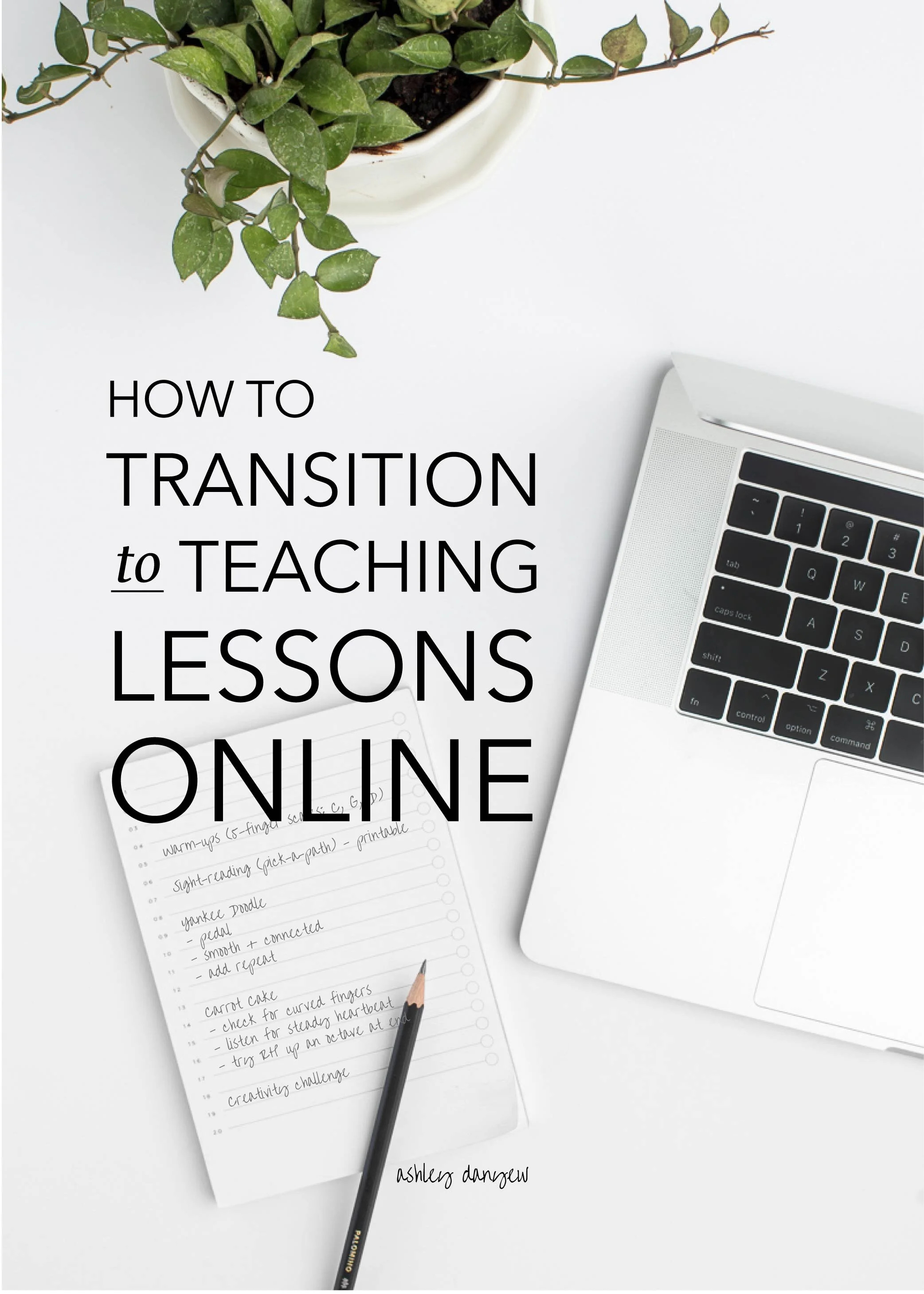









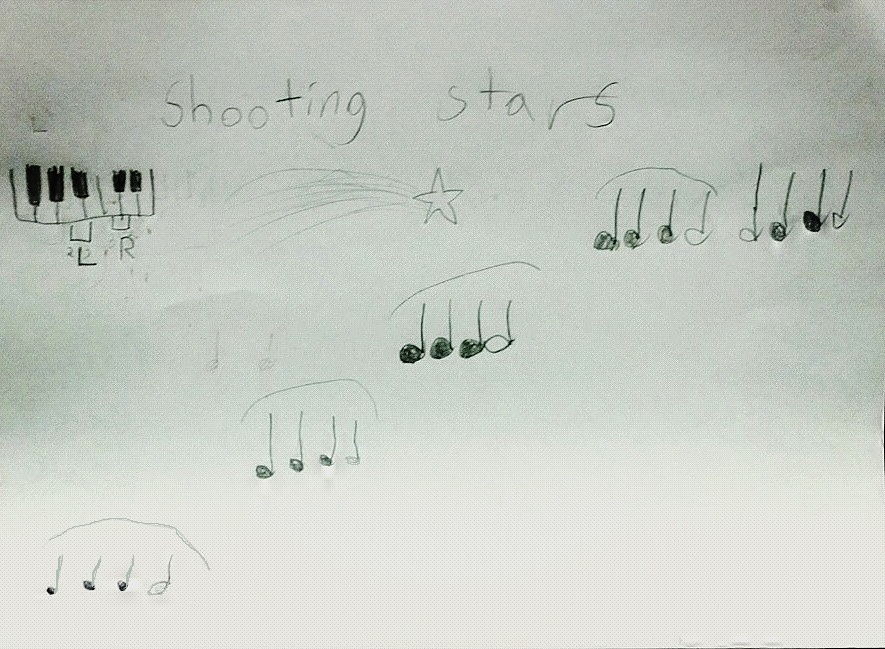 Earlier this week, I had an eight-year-old student bring this into her lesson – her first composition. At our last lesson, I asked her to try making up a few of her own songs that used some of the same musical elements she had recently learned (quarter notes, half notes, legato playing, and changing registers).
Earlier this week, I had an eight-year-old student bring this into her lesson – her first composition. At our last lesson, I asked her to try making up a few of her own songs that used some of the same musical elements she had recently learned (quarter notes, half notes, legato playing, and changing registers).





